Expert’s Note: This guide is part of our comprehensive BBQ Methods & Techniques Encyclopedia collection. For the ultimate resource on this topic, explore our complete master guide.
Table of Contents Hide ContentsBBQ Grilling vs Smoking: Your Essential Guide to Grilling, Smoking, and BBQ
The art of backyard barbecue is a cornerstone of American culture. From a simple weeknight burger to an all-day smoking session, the smell of wood and char is a call to gather and celebrate. Whether you’re a seasoned grillmaster or just starting your journey into the world of BBQ, understanding the nuances of different cooking methods, equipment, and techniques is key to unlocking truly exceptional flavor.
Many people use grilling and smoking interchangeably, but these BBQ styles have very different techniques, flavors, and ideal uses. Let’s break down their key differences and help you choose the right method for your next cookout.
BBQ Grilling vs. Smoking: Key Differences and When to Use Each Method
BBQ Grilling vs. Smoking: Key Differences and When to Use Each Method
BBQ Grilling vs Smoking Differences
At its core, the main difference between BBQ grilling and smoking is time and temperature. Grilling uses high heat (usually between 350°F and 500°F) to cook food quickly over direct flames, making it perfect for burgers, steaks, and vegetables. Smoking, on the other hand, is all about low and slow cooking — often at 225°F to 275°F — where meat is infused with smoky flavor over several hours. This fundamental contrast defines the unique results of each method.”
Smoking Meat vs Grilling
While grilling is often about speed and searing, smoking focuses on depth and transformation. A grilled steak will develop a charred crust and juicy center in under 15 minutes, but a smoked brisket may take 12 hours to break down connective tissue into melt-in-your-mouth tenderness. One method highlights freshness and texture, while the other celebrates patience and flavor development.
Grilling vs Smoking Taste
When it comes to taste, grilling emphasizes the natural flavors of meat enhanced by caramelization and char. Smoking adds layers of complexity: hickory provides bold, bacon-like notes, applewood brings mild sweetness, and mesquite delivers intense earthiness. The taste difference is dramatic — grilled foods are bright and savory, while smoked foods are rich, deep, and aromatic.
🔗 “Best Woods for Smoking Meat and Their Flavor Profiles.”
Best BBQ Cooking Methods
Both grilling and smoking have their place in BBQ culture, and the best method often depends on the cut of meat and the occasion. For weeknight dinners, grilling is quick and efficient. For special gatherings or competitions, smoking creates unforgettable flavor. Some pitmasters even combine the two methods — starting with a smoke for flavor, then finishing with a high-heat sear for texture.
🔗 “Reverse Searing: The Best of Grilling and Smoking Combined.”
Smoking Meat for Beginners
If you’re new to smoking, start with forgiving cuts like pork shoulder or chicken thighs. These meats can handle long cooking times without drying out, making them perfect for learning temperature control. A basic charcoal smoker or even a simple kettle grill with wood chunks can introduce you to the world of smoke without requiring expensive equipment.
🔗 Temperature Control:“The Beginner’s Guide to Smoking Meat Like a Pitmaster.”
Grilling Meat Guide
For grilling, beginners should focus on mastering the basics: preheating the grill, oiling the grates, and knowing when to use direct versus indirect heat. Steaks, burgers, and kebabs are easy entry points, while chicken breasts and fish require a bit more finesse to prevent overcooking. The beauty of grilling lies in its simplicity — with just a grill and a good cut of meat, you can create restaurant-quality results.
🔗 Direct Versus Indirect Heat: “Two-Zone Grilling Techniques Explained.”
BBQ Techniques Explained
Ultimately, grilling and smoking are just two tools in the wide world of BBQ techniques. From searing, reverse-searing, and rotisserie grilling to cold smoking and hot smoking, each method unlocks unique flavors and textures. Understanding these approaches not only makes you a better cook — it also allows you to choose the right technique for the right cut every time.
🔗 “Reverse Searing Explained,” “Cold Smoking vs Hot Smoking”
What is Direct Heat Grilling? Pros, Cons, and Best Meats
When you envision grilling, you’re likely thinking of direct heat grilling. This is the most straightforward method: placing food directly over the heat source. It’s all about high temperatures, quick cooking, and achieving that sought-after char and crust.
Pros of Direct Heat Grilling
- Speed: Ideal for quick meals, perfect for a busy weeknight.
- Superior Searing: High heat creates a delicious, caramelized crust (Maillard reaction) on the meat.
- Smoky Flavor: Dripping fats vaporize on hot coals, infusing food with smoky goodness.
- Simplicity: Intuitive and requires minimal setup.
Cons of Direct Heat Grilling
- High Risk of Burning: Intense heat can easily char the outside before the inside cooks through.
- Less Control: Difficult to maintain low, precise temperatures for longer cooks.
- Limited Versatility: Best suited for thinner cuts.
Best Meats for Direct Heat Grilling
Direct heat excels with naturally tender, relatively thin cuts:
- Steaks: Ribeye, New York Strip, Sirloin, Flank, and Skirt Steaks are perfect. For more on selecting, see our guide on Best Steak Cuts for Grilling: Flavor, Texture, and Cooking Tips.
- Burgers and Hot Dogs: Classic choices for quick, even cooking.
- Thin Pork Chops: Cook quickly and develop a nice char.
- Chicken: Boneless, skinless breasts and thighs.
- Fish Fillets: Firmer fish like swordfish or salmon, often in a fish basket.
What is Indirect Heat Grilling? How It Differs from Smoking
Indirect heat grilling involves cooking food to the side of the heat source, allowing heat to circulate around it like a convection oven. It’s the go-to for larger, thicker cuts that would burn over direct flame.
The Principle of Indirect Heat
- Charcoal Grills: Pile coals on one side, food on the other.
- Gas Grills: Burners on one side active, food on the unlit side.
- Result: Even cooking by ambient heat, preventing burning.
How Indirect Grilling Differs from Smoking
While smoking uses indirect heat, they are distinct processes:
| Feature | Indirect Grilling | Smoking |
| Primary Goal | To cook food evenly without burning. | To infuse food with deep smoke flavor while cooking low and slow. |
| Temperature | 300°F to 400°F (149°C to 204°C) | 225°F to 250°F (107°C to 121°C) |
| Cook Time | Moderate (e.g., 45-90 min for whole chicken) | Long (e.g., 8-16 hours for brisket, as in How to Smoke a Brisket (Texas)) |
| Flavor Source | Heat from fuel, some smoky steam from drippings. | Specific smoking wood (chunks, chips, pellets) for deep smoky infusion. |
Indirect grilling uses your grill as an outdoor oven, while smoking specifically adds wood for profound flavor.
Best Woods for Smoking Meat and Their Flavor Profiles
The type of wood you choose is the “secret sauce” for infusing your food with deep, complex smoky flavor.
“Choosing the right wood for smoking is essential to master the flavor.”
Mild & Fruity Woods
- Apple: Mild, sweet, fruity. Best for pork, poultry, fish.
- Cherry: Sweeter, richer than apple, beautiful mahogany color. Best for pork, chicken, beef.
- Pecan: Nutty, slightly sweet, subtle. Best for pork, poultry, lamb.
Medium & All-Purpose Woods
- Oak: Clean, classic smoke, robust. Go-to for Texas BBQ, especially beef brisket.
- Hickory: Strong, sweet, bacon-like. Use sparingly. Best for pork ribs, pork butt, beef.
Strong & Pungent Woods
- Mesquite: Most intense, bold, earthy. Can overpower. Best for short cooks with strong-flavored cuts like steak.
- Walnut: Similar to hickory, but slightly more bitter. Use sparingly or blend. Best for beef.
“One of the key elements of smoking is the type of wood you choose, as it directly impacts flavor. To explore this further, check out our guide on Best Woods for Smoking Meat and Their Flavor Profiles.
How to Control Temperature in a Charcoal Grill vs. a Smoker
Mastering temperature control is paramount for both grilling and smoking.
🔗 How to Control Temperature in a Charcoal Grill vs. a Smoker
Charcoal Grill Temperature Control
- Fuel Amount: More charcoal equals more heat.
- Vent Control: The primary method.
- Bottom Vent (Intake): Controls oxygen flow to the coals. More open = hotter; more closed = cooler.
- Top Vent (Exhaust): Allows hot air and smoke to escape, creating a draw. Keep it at least half-open to prevent stale smoke.
- Coal Arrangement: For direct heat, spread coals evenly. For indirect, pile them to one side.
- Lid Management: Keep the lid closed as much as possible to maintain consistent temperature and smoke.
Smoker Temperature Control (Charcoal/Offset)
- The Minion Method (Charcoal Smokers): Starting with a small amount of lit charcoal on top of unlit charcoal allows for a long, slow, consistent burn.
- Firebox Management (Offset Smokers):
- Wood Splits: Add small, consistent splits of wood (not too many at once) to maintain a clean fire.
- Airflow: The firebox intake vent is crucial. Adjust it minimally. The exhaust stack on the main chamber should remain mostly open to prevent creosote buildup.
- Patience: Fluctuations are normal. Make small vent adjustments and wait 15-20 minutes for the temperature to stabilize. Our guide on How to Build and Maintain the Perfect Fire for Smoking Meat delves deeper into this.
Gas Grill vs. Charcoal Grill for BBQ: Which Should You Choose?
The debate between gas and charcoal is a classic. Your choice depends on priorities.
Gas Grills: The Convenience King
- Pros: Quick ignition (5-10 min), precise temperature control, easy cleanup, often includes side burners. Perfect for quick weeknight BBQs.
- Cons: Less intense smoky flavor compared to charcoal, often higher initial cost, relies on propane or natural gas.
Charcoal Grills: The Flavor Champion
- Pros: Superior smoky flavor, higher searing temperatures, versatile for both grilling and some smoking, generally lower initial cost.
- Cons: Longer preheating (20-30 min), more hands-on temperature management, messy ash cleanup, learning curve.
Our Take: For consistent, easy weeknight meals or if you prefer convenience, gas is excellent. For the most authentic, rich, smoky flavor and if you enjoy the hands-on process, charcoal is unmatched. You can explore a full comparison in Charcoal vs. Gas vs. Pellet Grills: Which One Is Best For You?.
Pellet Smokers Explained: Are They Worth It?
Pellet grills have carved out a popular niche, offering a unique blend of convenience and authentic wood-fired flavor.
How Pellet Smokers Work
An electric auger feeds compressed hardwood pellets into a fire pot, ignited by a hot rod. A fan circulates heat and smoke, maintaining precise temperatures set by a digital controller.
Pros of Pellet Smokers
- Unparalleled Convenience: “Set-it-and-forget-it” operation, perfect for long cooks.
- Precise Temperature Control: Digital thermostat offers exact temperature settings.
- Authentic Wood Flavor: Burns real hardwood pellets for genuine smoky taste.
- Extreme Versatility: Can smoke, grill, roast, and bake.
Cons of Pellet Smokers
- Higher Initial Cost: Generally the most expensive option.
- Requires Electricity: Not portable without a power source.
- Less Searing Power: May not reach ultra-high temps for a hard sear (though many new models address this).
- More Complex Maintenance: More moving parts require occasional cleaning.
Our Take: If you want authentic wood smoke flavor with almost push-button ease, a pellet smoker is a worthy investment, bridging the gap between gas convenience and charcoal flavor. For more detail, refer to Pellet Grills Explained: Convenience Meets Flavor.
Top 5 Mistakes Beginners Make When Smoking Meat
Even experienced grillers can stumble when they first enter the world of smoking. Avoid these common pitfalls:
- Too Much White Smoke: Thick, acrid white smoke (creosote) equals bitter food. Aim for thin, wispy blue smoke.
- Opening the Lid Too Often: “If you’re lookin’, it ain’t cookin’!” Each peek drops the internal temperature, extending cooking time.
- Not Using a Good Thermometer: Guessing internal meat temperature is a recipe for disaster. A reliable leave-in probe thermometer is essential. See our Top Rated Meat Thermometers guide.
- Not Resting the Meat: Rushing to slice after cooking allows precious juices to escape. Always rest your meat, especially large cuts like brisket or pork shoulder.
- Over-Trimming Fat: While some trimming is necessary, too much removes the natural basting that keeps smoked meats moist.
“Whether grilling or smoking, avoid these common BBQ mistakes.” Common BBQ Mistakes and How to Avoid Them
The Science of Smoke Rings: Why They Matter in BBQ
The pink ring just beneath the bark of smoked meat, known as the smoke ring, is a badge of honor for pitmasters.
What is the Smoke Ring?
It’s a chemical reaction. Nitric oxide (NO) and carbon monoxide (CO) gases, produced from wood combustion, combine with myoglobin (the protein that gives meat its red color) in the meat. This forms nitroso-myoglobin, which creates the distinctive pink color.
Why It Matters (and Why It Doesn’t)
- Matters (Perception): Historically, a visible smoke ring was a definitive sign that meat was cooked low-and-slow over wood. It’s aesthetically pleasing and often associated with authentic BBQ.
- Doesn’t Matter (Flavor): While visually appealing, the smoke ring itself contributes virtually no flavor. It’s merely a chemical reaction. A delicious piece of smoked meat might have a faint ring or none at all, depending on many factors (meat pH, cooking duration, smoker type). Focus on flavor and tenderness first!
Best Cuts of Meat for Smoking vs. Grilling
Choosing the right cut for the right method is fundamental.
Best Cuts for Smoking (Low & Slow, High Connective Tissue)
These cuts benefit from long, slow cooking to break down collagen into gelatin, resulting in incredible tenderness and flavor.
- Brisket (Full Packer): The undisputed king of Texas BBQ.
- Pork Shoulder (Boston Butt): For pulled pork perfection.
- Pork Ribs (Spare or Baby Back): Essential for fall-off-the-bone tenderness.
- Beef Ribs: Rich, meaty, and intensely flavorful.
- Beef Shank/Osso Buco: Transforms into tender, rich stew meat.
- Whole Chicken/Turkey: Stays moist and develops beautiful skin.
Best Cuts for Grilling (Direct Heat, Naturally Tender)
These cuts thrive with high heat and quick cooking times, developing a great crust without drying out.
- Steaks: Ribeye, New York Strip, Sirloin, T-Bone/Porterhouse, Flank, Skirt, Flat Iron. (See Ribeye vs. Sirloin for more).
- Pork Chops: Quick cooking, great sear.
- Chicken Pieces: Breasts, thighs, drumsticks.
- Burgers and Sausages: Classic grilled staples.
- Shrimp/Seafood: Cooks quickly and takes on char beautifully.
Hybrid Cooking: When to Combine Smoking and Grilling for Perfect Flavor
Why limit yourself to one method when you can combine them for optimal results? Hybrid cooking leverages the best of both worlds.
The Reverse Sear
This technique, especially popular for thick steaks like a Tomahawk Steak, starts with low-temperature cooking (smoking or indirect grilling) and finishes with a high-heat sear.
- Method: Cook the steak slowly on indirect heat (or in a smoker with some wood for flavor) until it reaches about 10-15°F below your target final temperature. Then, transfer it to scorching direct heat for 1-2 minutes per side to develop a magnificent crust.
- Benefits: Guarantees an even cook from edge to edge with a perfect, crispy bark. Our How to Reverse Sear a Steak Perfectly guide shows you how.
Grill-Finishing Smoked Meats
This technique adds an extra layer of flavor and texture to meats that were primarily smoked.
- Method: Smoke ribs, chicken, or pork shoulder until almost done. Then, quickly transfer them to a preheated direct-heat grill (often with a light glaze of BBQ sauce) to caramelize the exterior and add a grilled char.
- Benefits: Enhances bark, adds grilling flavor, and can quickly set a sticky sauce.
By understanding and applying these techniques, you’re well on your way to becoming a true Meat Master, capable of creating incredible BBQ experiences. Happy cooking!
Frequently Asked Questions (FAQ)
What is the main difference between direct heat and indirect heat grilling?
The primary difference is the placement of the heat source. Direct heat involves cooking food directly over the flame or coals, which is best for searing and fast-cooking foods like burgers and thin steaks.Indirect heat involves cooking food to the side of the heat source, using circulating heat like an oven. This method is ideal for larger cuts of meat that need to cook for a longer time without burning.
Can I smoke meat on my gas grill?
Yes, you can! You won’t get the same deep flavor as a dedicated smoker, but you can achieve a good smoky flavor by creating an indirect cooking zone and using a small smoker box or a foil pouch filled with wood chips.
Is a pellet smoker worth the higher cost?
A pellet smoker is an excellent investment if you want the “set-it-and-forget-it” convenience of an electric or gas grill but with the authentic, wood-fired flavor of a traditional smoker. They offer unmatched temperature consistency and versatility. For a full breakdown, see Pellet Grills Explained: Convenience Meets Flavor.
Do I have to soak my wood chunks before smoking?
No, this is a common myth. Soaking wood will only produce steam for a period of time before it starts to smoke. For the best flavor, use dry wood chunks that will smolder and produce the thin, “clean” blue smoke that you’re looking for.
Why is my smoked meat a weird pink color inside?
That pink layer just beneath the surface, known as a smoke ring, is a good thing! It’s a chemical reaction caused by the gases (nitric oxide and carbon monoxide) in the smoke reacting with the myoglobin in the meat. It’s a sign that the meat was cooked low and slow with a proper fire, but it adds no flavor.
What’s the best way to tell if my meat is done?
Always use a reliable meat thermometer. It is the only way to know the true internal temperature of your food. For guidance on picking the right one, check out our guide on Top Rated Meat Thermometers.
How do I know which cuts of meat are best for smoking versus grilling?
Generally, cuts of meat with a lot of connective tissue, like brisket or pork shoulder, are best for smoking. The long, low cooking time breaks down that tissue, making the meat incredibly tender. Naturally tender cuts like steak, chicken breasts, and burgers are best for quick, high-heat grilling. For more, see Best Cuts of Meat for Smoking vs. Grilling.
“Whether you prefer the speed of grilling or the slow artistry of smoking, both techniques bring something special to the table. Mastering when to use each will elevate your BBQ game — and give you the best of both worlds.”
🔥 Ready to Master Your BBQ Skills?
Whether you’re firing up the grill or experimenting with smoking, the right technique makes all the difference. Keep exploring our Beginner’s Guide to Smoking Meat Like a Pitmaster and learn how to achieve restaurant-quality results right in your backyard.
👉 Start your journey to becoming a true pitmaster today!
Further Reading
- Check our Beginner’s Guide to Smoking Meat for more tips
- Compare grill types in Charcoal vs Gas vs Pellet Grills
- Learn temperature tips in our Ultimate Temperature Guide
- Check out our detailed guide on smoking and grilling techniques
You Might Also Like
- Learn when to grill vs. smoke in BBQ Grilling vs. Smoking
- Discover more in our ultimate temperature guide
- Explore essential BBQ equipment in our detailed guide
- Read more about steak cuts in our Ultimate Guide to Steak Cuts

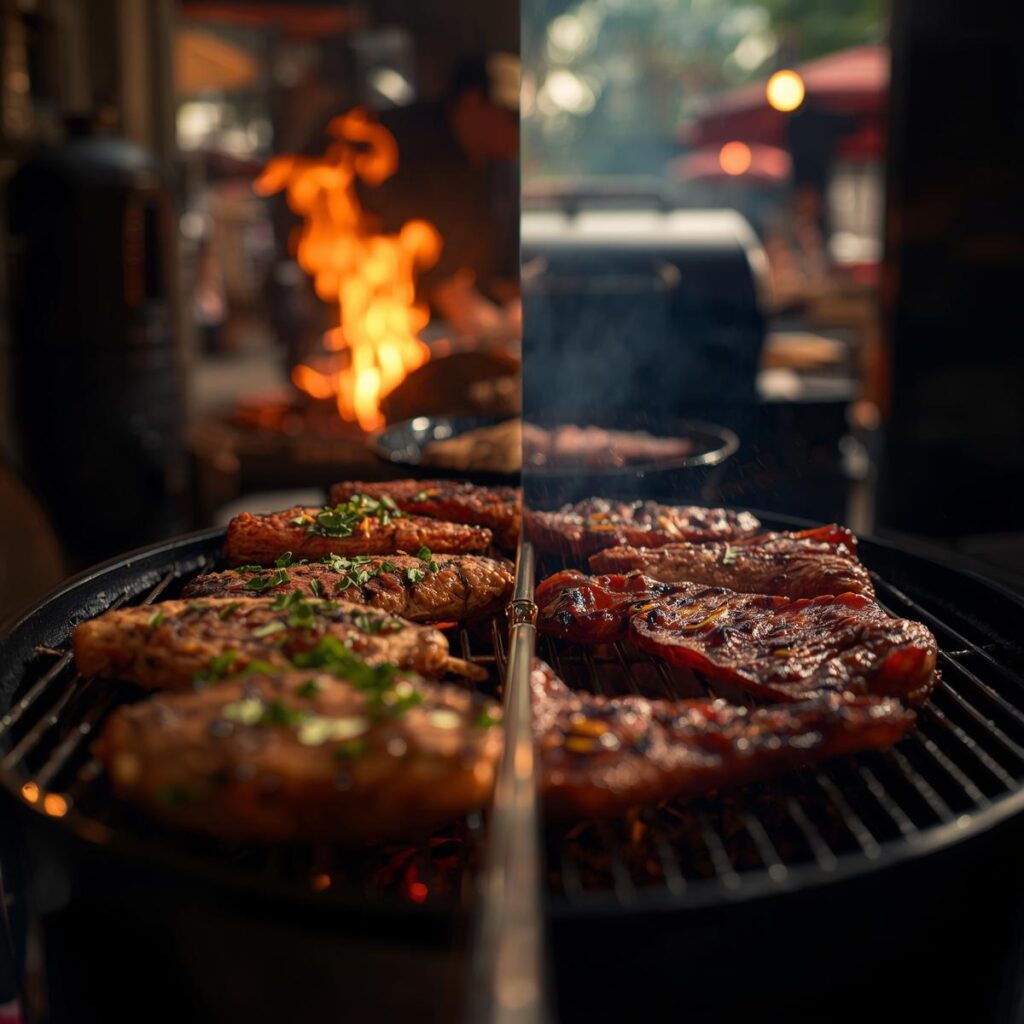

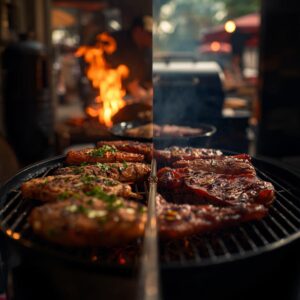
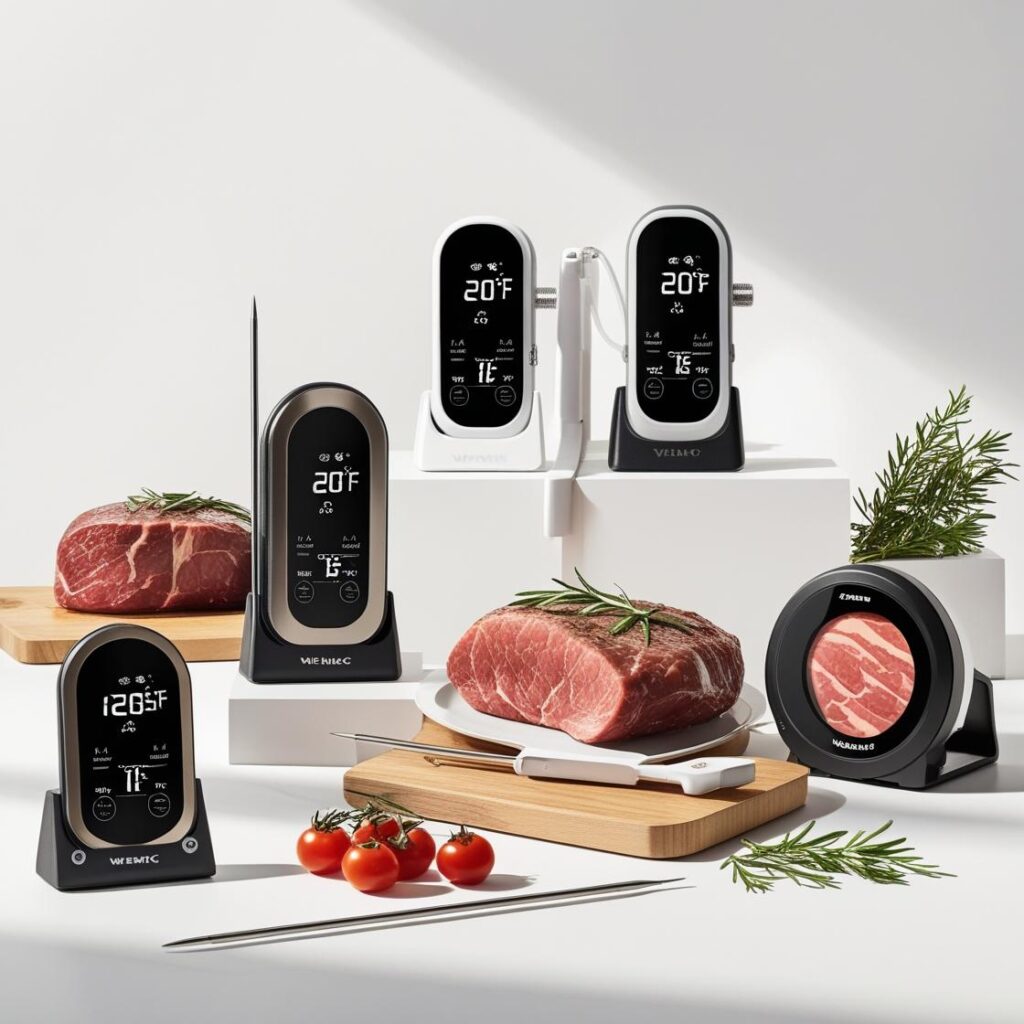
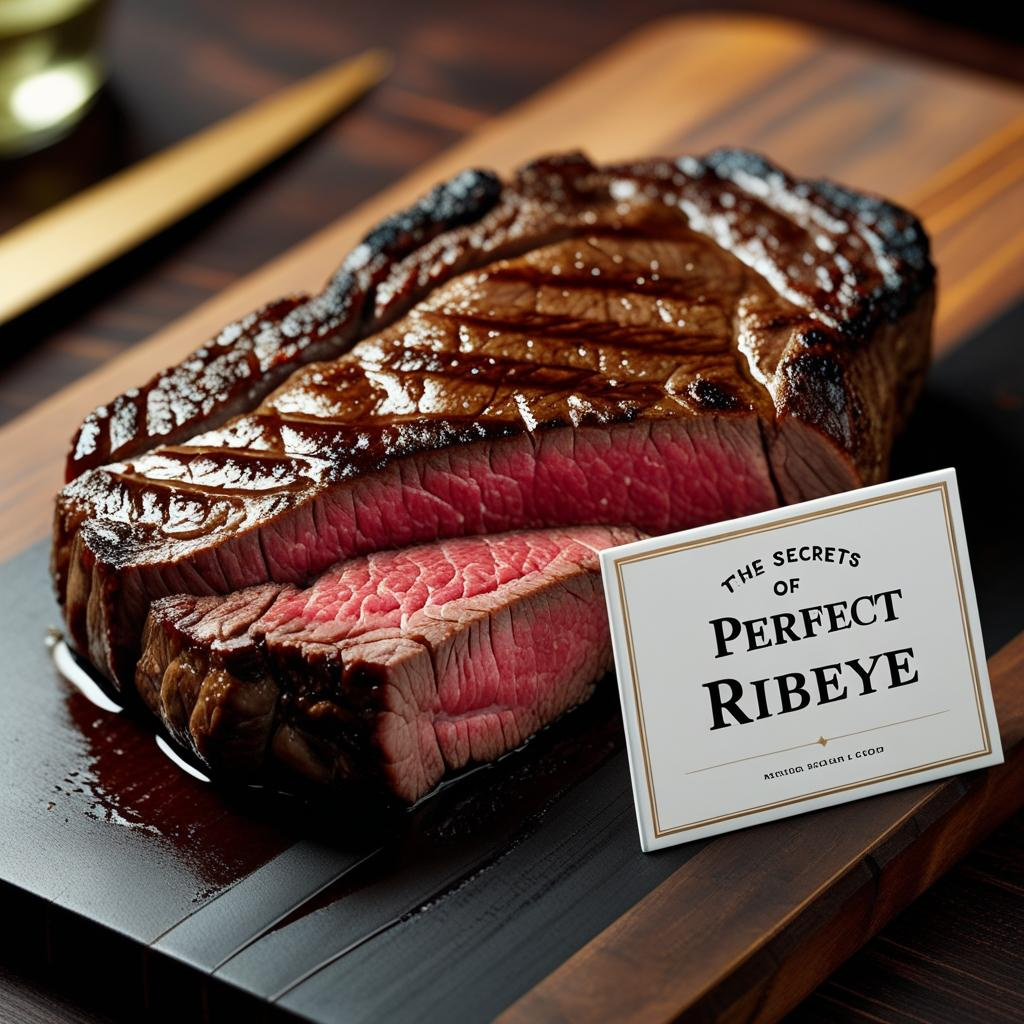
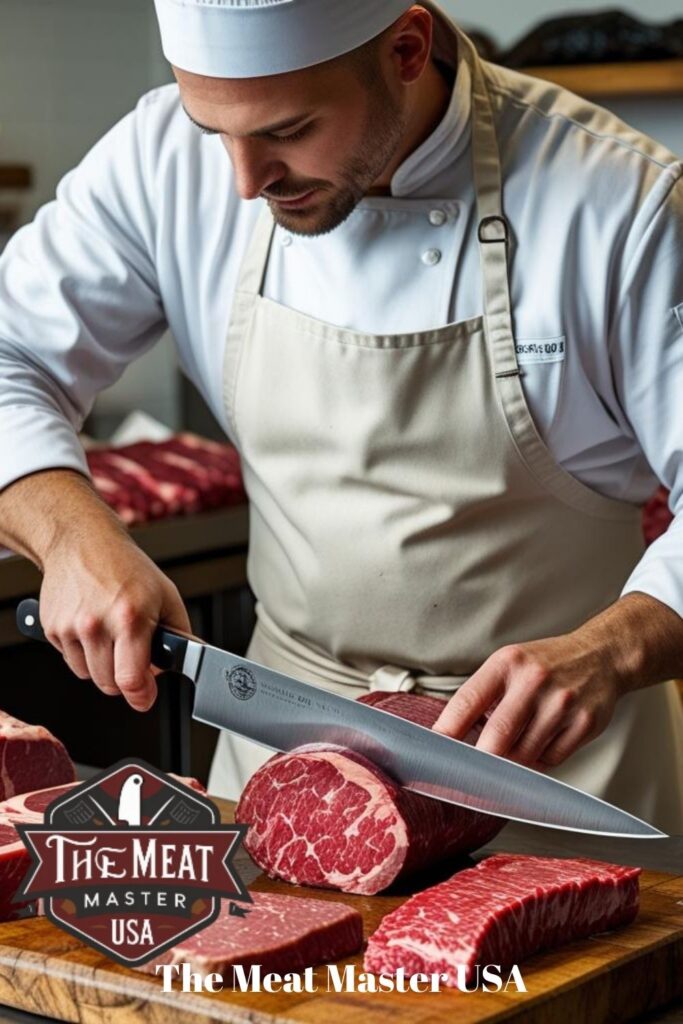
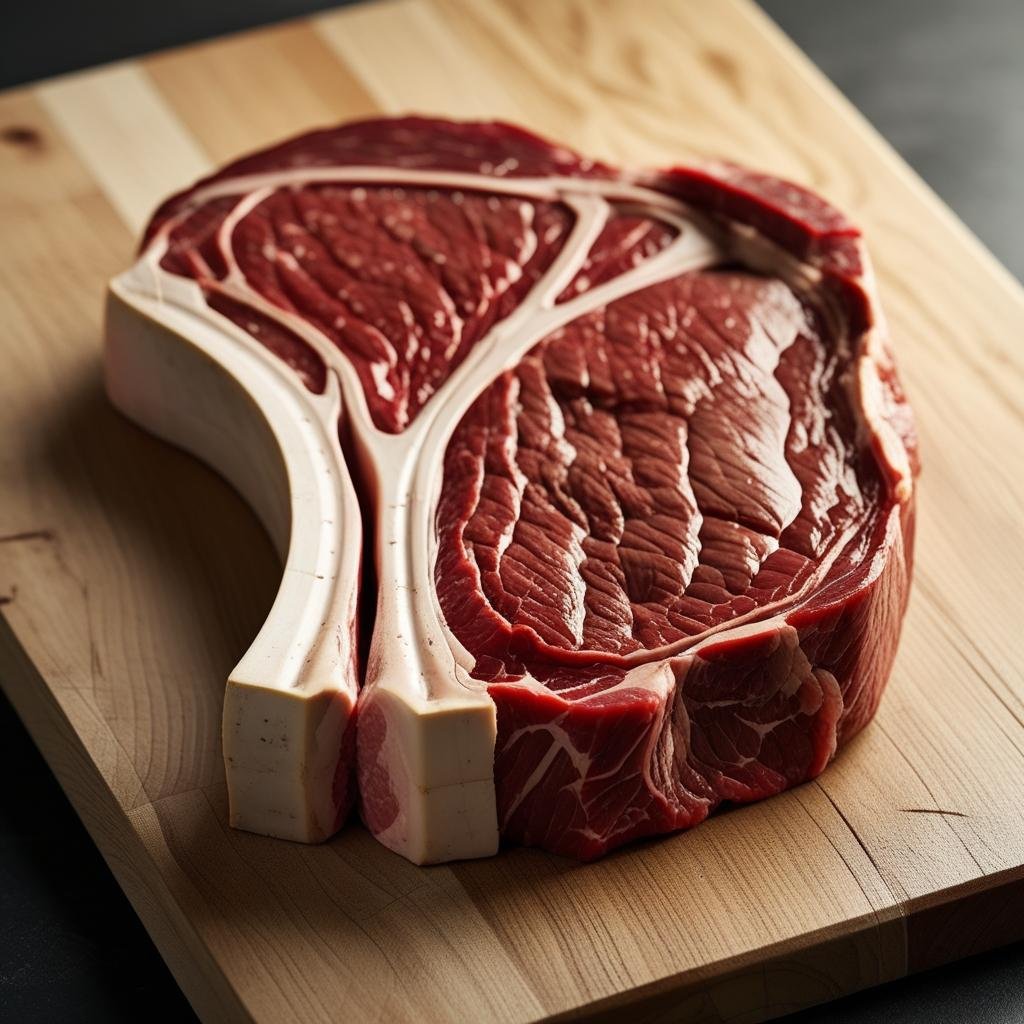
Pingback: Best Woods for Smoking Meat and Their Flavor Profiles - The Meat Master USA
Pingback: Indirect Heat Grilling: A Complete Guide & How It Differs from Smoking [2025]
Pingback: Pork Ribs 2026: Your Guide to Baby Back, Spare, and St. Louis Styles
Pingback: Juicy Grilled Chicken Thighs Recipe: Your New Go-To for the Grill - The Meat Master USA [2025]
Pingback: Smoking Pulled Pork: Low and Slow for Maximum Flavor
Pingback: American BBQ Styles: A Complete Guide to the Regional Flavors
Pingback: Steak Doneness: A Complete Guide 2025/26
Pingback: Can You Sear Steak Straight From the Fridge? What You Should Know
Pingback: Brining Times for Different Meats: The Ultimate Guide - The Meat Master USA